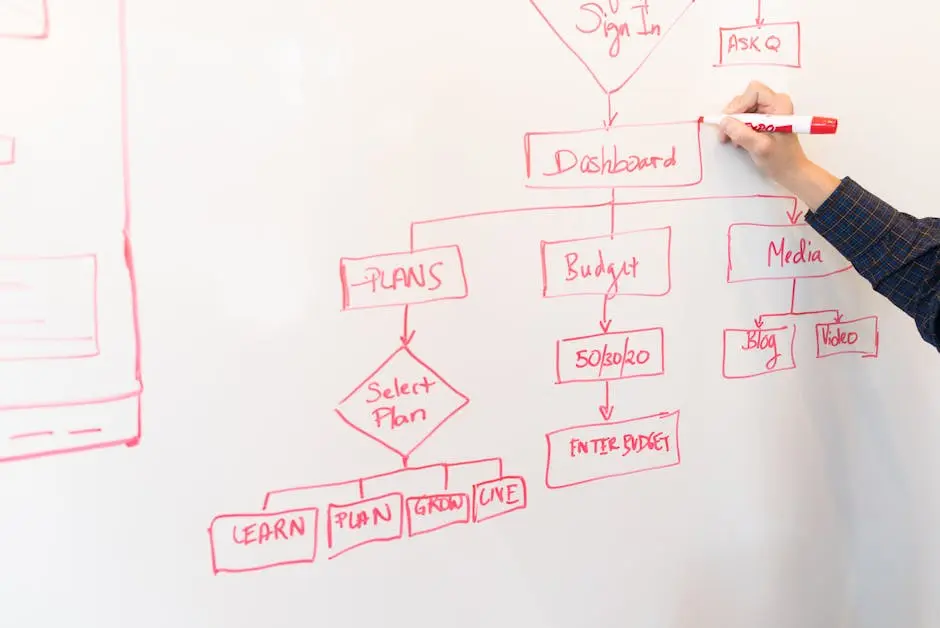12 Tips to Elevate Your Study of Instructional Design in the Workplace
In today’s fast-paced corporate environment, instructional design has become increasingly valuable. As organizations rely more on effective training programs, understanding how to design and implement them is crucial. Here are twelve actionable tips to enhance your grasp of instructional design in the workplace.
1. Understand Learner Needs
Start by truly understanding the needs and preferences of your learners. This foundational step ensures that your design aligns with the audience’s expectations and learning goals. Consider conducting a thorough needs assessment to gather insights into learners’ existing skills, knowledge gaps, and professional aspirations. This information is pivotal when customizing learning experiences that are both effective and engaging. Ultimately, this helps in crafting a curriculum that is relevant and motivates learners to be actively involved in their development journey.
2. Incorporate Learning Theories
Integrate various educational theories such as behaviourism, cognitivism, and constructivism to create a robust learning experience. These theories guide the design process and inform strategy selection. For instance, behaviourism can be used to establish clear learning outcomes and repeatable practice exercises, while cognitivism can focus on understanding complex processes by building on prior knowledge. Constructivism allows learners to build their knowledge through experiences and reflection, ensuring the knowledge acquired is both meaningful and personal.
3. Leverage Technology
Utilize the latest technologies like learning management systems and e-learning tools to enhance your instructional design. Technology can streamline processes and offer interactive learning opportunities. With platforms such as virtual classrooms and AI-powered applications, you can create immersive experiences that cater to diverse learning styles and preferences. These tools also provide valuable analytics that can help instructional designers assess progress and adjust strategies accordingly, making real-time improvements possible.
4. Focus on Engaging Content
Design content that captivates and maintains learner interest. Use storytelling, multimedia elements, and real-world examples to make the material relatable and vivid. Engaging content is more than just eye-catching; it involves creating a learning narrative that resonates with the audience. Incorporating multimedia tools not only enlivens the material but also facilitates deeper understanding by catering to various learning preferences, such as visual, auditory, and kinaesthetic modalities.
5. Apply an Iterative Design Process
Instructional design benefits from an iterative approach where feedback is regularly incorporated. This process ensures continuous improvement and alignment with learner needs. At each stage, collect data on learner performance and engagement, using this feedback to refine and enhance learning materials. This adaptable model, akin to ADDIE, allows for the gradual evolution of learning programs, which can lead to significantly improved outcomes over time.
6. Boost Retention with Microlearning
Implement microlearning strategies by breaking content into digestible modules. This promotes better retention and keeps learners engaged without overwhelming them. Microlearning focuses on delivering concise and targeted information, allowing learners to absorb and apply knowledge rapidly. It is particularly beneficial in environments where time is limited but there is a continual need for skill enhancement. This method aligns with the cognitive theory of chunking, which suggests that the brain more easily processes information when it is broken into smaller, associated pieces.
7. Emphasize Collaboration
Encourage collaborative learning through group activities and discussions. This approach leverages peer interactions to deepen understanding and skill acquisition. By engaging in collective problem-solving, learners experience varying perspectives, which can challenge their thinking and solidify knowledge. Tools like collaborative platforms and social learning networks make it easier for participants to share insights and feedback, creating a dynamic learning ecosystem that extends beyond traditional educational boundaries.
8. Assess and Evaluate Continuously
Regular assessments and evaluations offer insights into the effectiveness of your instruction. Use these metrics to refine and adapt your design continually. Assessments can be formative, providing ongoing feedback to learners throughout the course, or summative, evaluating their comprehension after the course’s completion. Additionally, involve learners in feedback loops to ensure that your strategies remain responsive and aligned with their needs.
9. Include Flexibility in Learning Paths
Design learning experiences that allow for varied learning paths to accommodate different learning styles and paces. This flexibility enhances personalization and learner satisfaction. Adaptive learning technologies can tailor content based on learners’ interactions, offering a customised educational experience that aligns with personal learning trajectories. This method not only respects individual learning speeds but also empowers learners to take control of their educational journey, fostering a more proactive approach to their development.
10. Facilitate a Growth Mindset
Encourage learners to adopt a growth mindset. Foster an environment where trial and error are part of the learning process, instilling resilience and a willingness to learn. A growth mindset frames challenges as opportunities for improvement rather than obstacles, promoting a culture of persistent learning. By embedding this perspective into your instructional design, you not only help learners adjust their cognitive patterns but also prepare them to face future uncertainties with confidence.
11. Seek Continuous Feedback
Solicit ongoing feedback from learners and stakeholders to ensure the design meets their expectations and addresses any evolving needs. This keeps the learning experience aligned and relevant. Feedback can involve surveys, interviews, and regular check-ins, focusing on every aspect of the learning experience, from content to delivery. Listening to feedback is not merely about identifying flaws; it is a powerful way to celebrate successes and maintain what is working well, ensuring learners remain engaged.
12. Stay Informed of Industry Trends
Remain knowledgeable about the latest trends and advances in instructional design. This continuous learning allows you to integrate innovative practices into your work, keeping your designs fresh and effective. Reading industry publications and participating in workshops and conferences will enrich your knowledge and inspire new ideas. Additionally, exploring resources like Discover Learning Designs can offer insights into how instructional design is evolving to meet modern workplace training demands.

